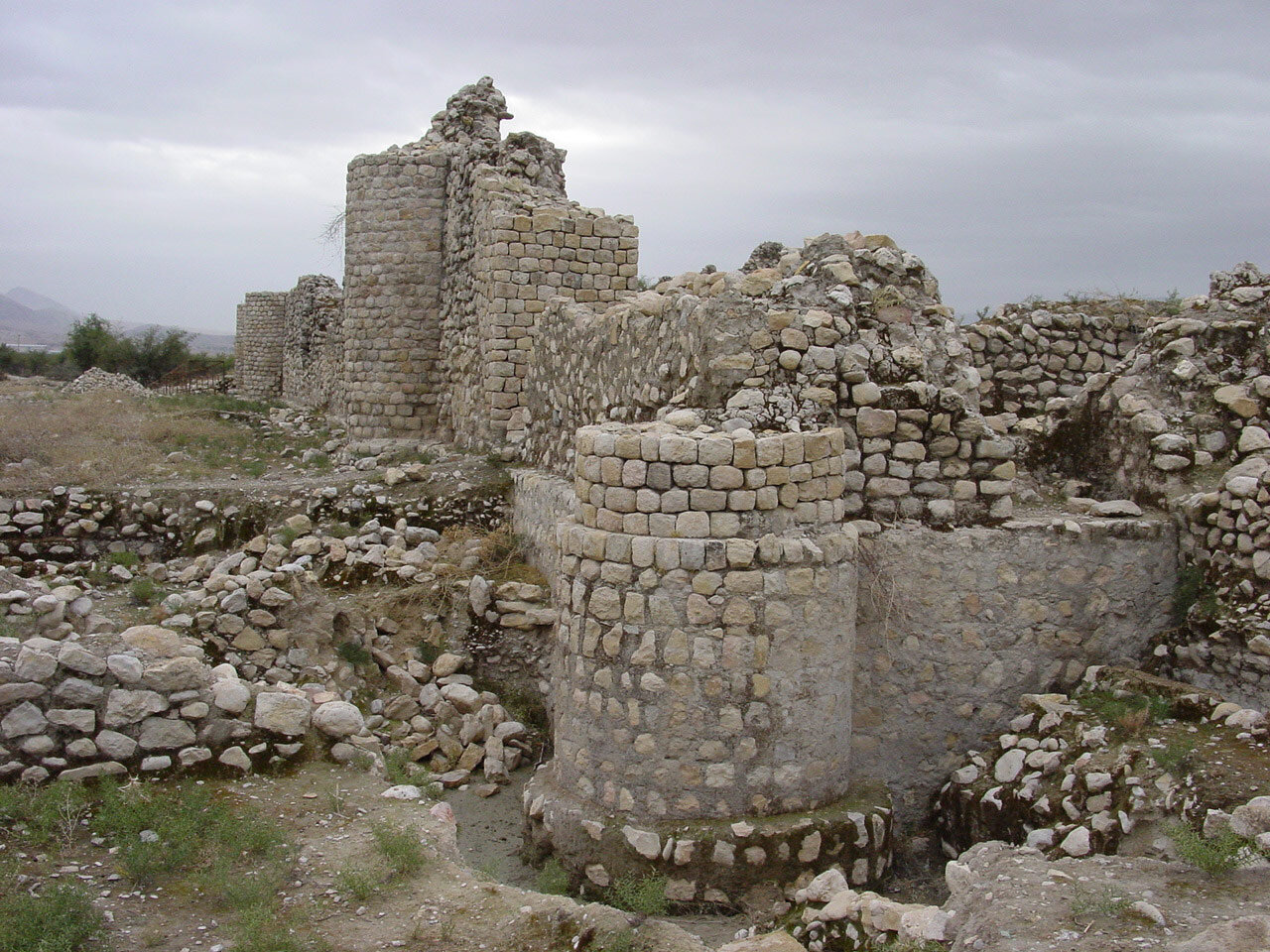Safavid mosque in southwest Iran to undergo restoration

TEHRAN – A new restoration work is to commence on the ruins of the Safavid-era mosque situated in the ancient city of Belad Shapur, southwestern Iran.
Under the plan, 10 billion rials ($20,000) will go toward restoring the mosque, which is expected to have a major impact on the development of religious tourism in Kohgiluyeh and Boyer-Ahmad province, the provincial tourism chief said on Friday.
The provincial tourism directorate seeks to restore ancient sites and monuments in Belad Shapur in a bid to promote tourism, Saeid Talebipur said.
For instance, some 35 billion rials ($70,000) has been spent restoring a nearby ancient bazaar, which embraces 32 shops, the official noted.
Inscribed on the National Heritage list in 1985, Belad Shapur is one of the top tourist sites in the province.
The city was built at the time of Shapur I, also known as Shapur the Great, (reigned 241 CE–272), the second king of the Sassanid Dynasty. Under his leadership, the empire stretched from Sogdiana and Iberia (Georgia) in the north to the Mazun region of Arabia in the south; in the east, it extended to the Indus River and in the west to the upper Tigris and Euphrates river valleys.
Kohgiluyeh and Boyer-Ahmad is well-known for its ancient nomads and their traditions. Sightseers may live with a nomadic or rural family for a while or enjoy an independent stay and assist them with day-to-day life. It also opens up an opportunity to feel rustic routines, agriculture, traditions, arts, and culture.
Iran is home to hundreds of shrines, imamzadehs, mausoleums, churches, and even fire temples amongst other religious destinations which are dedicated to different faiths. Among the top destinations for international tourists to Iran are the religious cities of Mashhad, Qom, Shiraz, and the capital Tehran.
These cities are respectively home to the holy shrines of Imam Reza, the eighth Imam of Shia Muslims; his sister Hazrat Masumeh (SA); his brothers Ahmad and Mohammad; as well as the late founder of the Islamic Revolution, Imam Khomeini. A unique time for visiting Iran for religious tourists is during the first ten days of the lunar month of Muharram, when Iranians, who are mostly Shia Muslims, hold special ceremonies to commemorate the martyrdom anniversary of Imam Hussein (AS), the grandson of Prophet Muhammad (PBUH) and his 72 loyal companions.
AFM
Leave a Comment